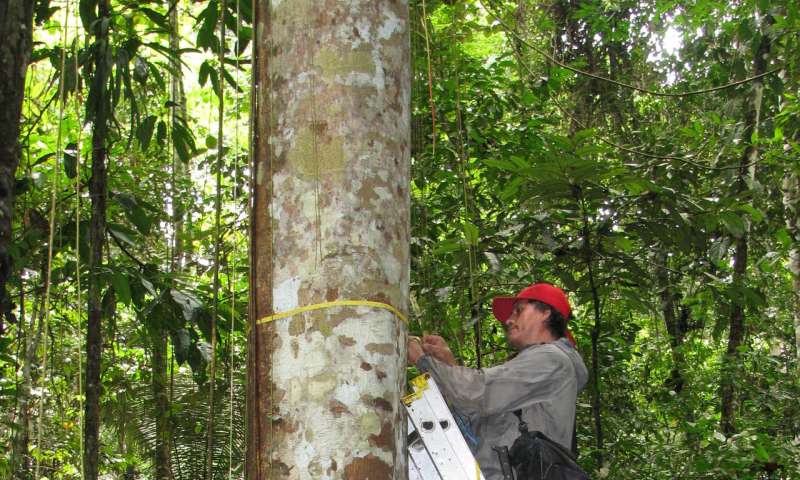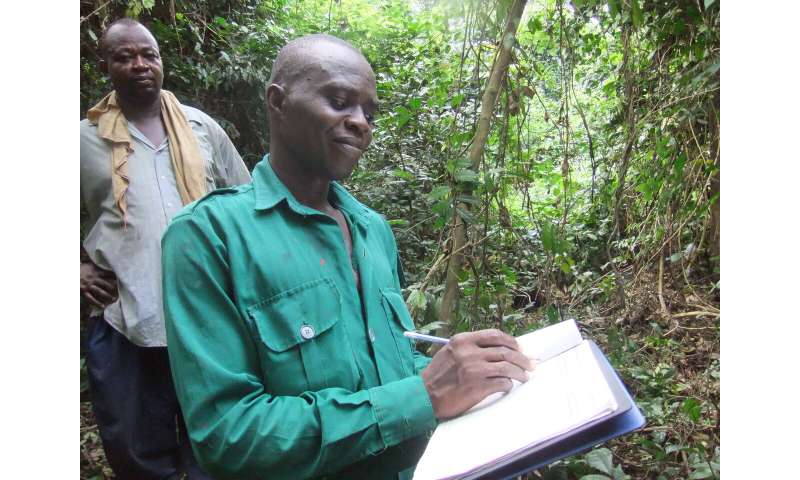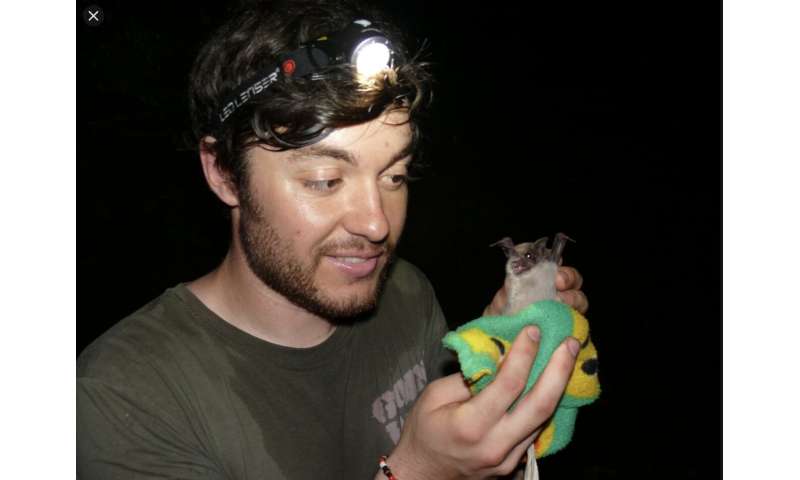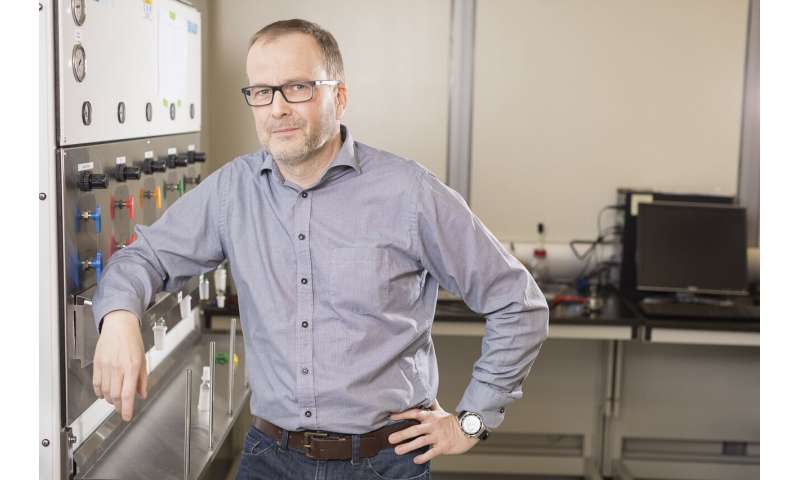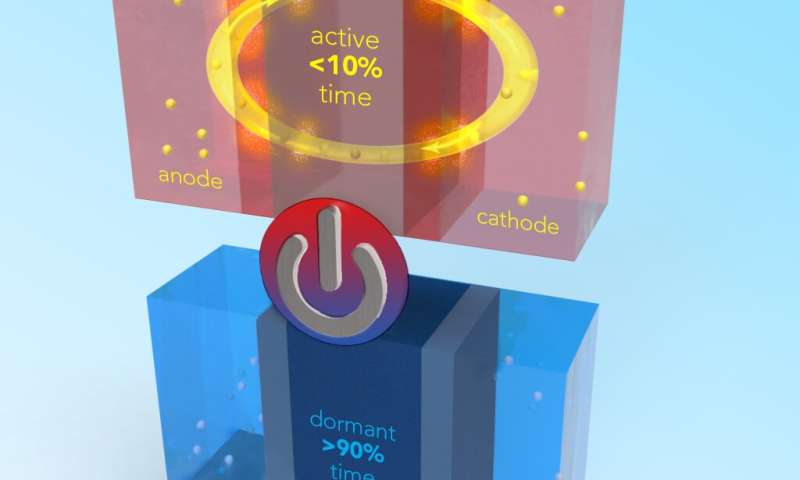Social studies teachers link their political views to assessment of news sources

At a time when there's been a sharp uptick in partisan critiques of the credibility of the news media and growing concern among educators about student media literacy, a new study finds a strong connection between high school social studies teachers' political ideology and how credible they find various mainstream news outlets. The finding, the study authors say, debunks any notion that social studies teachers are "above the fray" in how they present and discuss the credibility of news sources in their classrooms.
The study was published today in Educational Researcher, a peer-reviewed journal of the American Educational Research Association.
The study was published today in Educational Researcher, a peer-reviewed journal of the American Educational Research Association.
"We find that social studies teachers are just as likely to be influenced by the current controversies and debates about news media credibility as the general public," said study coauthor Christopher H. Clark, an assistant professor at Northeastern State University in Oklahoma. "Social studies teachers are the educators most likely to bring the news into their classrooms on a regular basis, so understanding their choices and perceptions of news media is particularly important."
The study, conducted by Clark and University of Georgia researchers Mardi Schmeichel and H. James Garrett, drew from a survey of 1,065 high school social studies teachers from across six states—Indiana, Kansas, Minnesota, Missouri, New York, and Texas. The researchers identified five additional states to include in their survey but were not able to obtain teacher contact information from those states' education departments.
The study is the first to document the relationship between the ideology and media preferences of social studies teachers, despite the importance of linking to current events in social studies classrooms and using news media to help students understand political and social issues.
Teachers identifying as "very conservative" rated Fox News as the most credible news source from a set of 12 mainstream news sources, with a 2.03 credibility rating on a 0-to-3 scale. The only other news sources that these teachers gave an above-average credibility rating were the BBC and the Wall Street Journal.
On the other end of the political spectrum, liberals at all points on the continuum rated Fox News as least credible. "Very liberal" teachers gave Fox News a 0.39 rating, the lowest average credibility rating of any resource among the results. MSNBC received the next lowest rating from the "very liberal" group, but still earned an above-average rating 1.61.
When the researchers compared teachers who self-identified broadly as conservative to those who self-identified broadly as liberal—looking beyond those in very conservative or very liberal categories—they found some commonality. Both groups rated the BBC and NPR/PBS among the top three most trusted news sources, although liberals rated both higher on the credibility scale.
"Overall, however, there's a great deal of divergence between liberal and conservative teachers," said Clark. "In particular, conservative social studies teachers found most news sources not credible, while liberal social studies teachers found most sources credible," said Clark. "That reflects what other research has found in the general population."
The three news outlets with the widest gaps in credibility between liberal and conservative teachers were Fox News, the New York Times, and CNN.
"It is noteworthy that these three outlets, in particular, have been frequently and consistently mentioned by President Trump in his comments regarding news media outlets and their relative trustworthiness," said Schmeichel, an associate professor at the University of Georgia.
Clark and his colleagues asked social studies teachers how they defined credibility. Teachers who used a static definition—credibility as the absence of bias or having "just the facts"—were more likely to demonstrate a strong relationship between their ideological viewpoint and their assessment of news outlet trustworthiness.
Teachers who relied on a dynamic definition—credibility as adherence to fact checking, in-depth research, and other journalistic principles and practices—had a weaker relationship between ideology and credibility ratings for most of the news sources.
"Viewing credibility as a dynamic—or process-driven—characteristic seems to reduce the influence of ideology in teachers' judgments," said Garrett, an associate professor at the University of Georgia. "This suggests that by reframing the definition of credibility we could broaden exposure to a variety of news sources and perspectives on current events in the classroom."
"Our findings add support to making news media literacy a curricular mandate in schools and in teacher certification," Clark said. "They also make clear that we should not treat news stories as just conveying a neutral truth. Rather, we should understand the processes journalists use to provide fair representations of the news to their viewers, and note when they fail to follow those processes."


